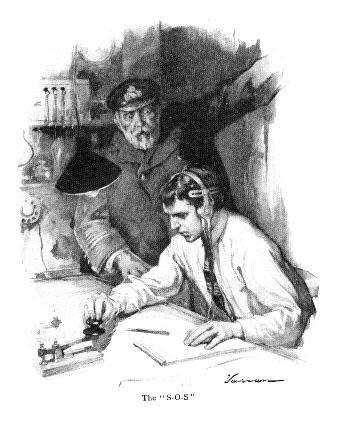On November 3, 1906, the International Radiotelegraph Conference in Berlin made a landmark decision for global safety: adopting the “SOS” distress signal as the standard call for help. The simple yet unmistakable sequence of “· · · – – – · · ·” became universal, allowing ships and emergency responders to communicate with unprecedented clarity. This momentous decision marked a turning point in emergency communication and remains one of today’s most recognized signals. Here’s what makes this historic decision so impactful.
Fun Facts:
- Simple and Clear: The “SOS” pattern is easy to recognize and difficult to misinterpret, even in challenging conditions. The sequence of repeating three dots, three dashes, and three dots is quick to transmit and unmistakable in its meaning.
- Why “SOS”? Contrary to popular belief, “SOS” doesn’t stand for anything specific. It was chosen because it was distinct and easily transmittable in Morse code. However, many have interpreted it as “Save Our Souls” or “Save Our Ship” over time.
- Immediate Impact: The adoption of the SOS signal was not just a landmark decision but also an urgent one. Ships and rescue crews worldwide recognized its importance almost instantly, making it a life-saving tool, notably used during the Titanic disaster in 1912.
- Lasting Legacy: While technology has advanced with digital communications and GPS, the SOS signal’s enduring significance is undeniable. It is still recognized and used worldwide in certain emergencies as a call for help, and it is likely to continue in use for many decades to come.

